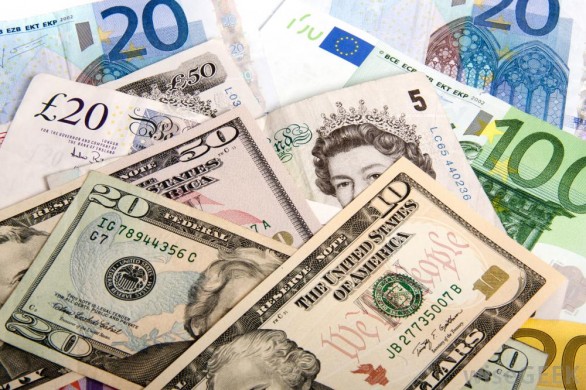To lose five percent of a listed company’s market value may be considered small by some, but when it’s lost not by a penny stock but a FTSE 100 firm, you are sure the monetary equivalent is big enough for shareholders to scream their heads after realising how much they have lost at a trading period.

Such is the case of Randgold Resources Limited (LSE:RRS) today, as it shed about 400 pence from its share price in early morning trading on the London Stock Exchange after telling its shareholders that profits during the third quarter of 2012 was 15% lower than what it earned the period before.
In a statement, the gold mining and exploration company said profit during July to September 2012 was US$121.3 million, down US$20 million from the US$141.8 million it posted during the second quarter of the current financial year, due to lower production and consequently, lower sales.
Randgold sold 10% less ounces of gold than it did during the prior quarter resulting in a 7% drop in revenue, from US$345 million to US$319 million, partially offset by a 3% rise in price of spot gold at an average of US$1,641 per ounce.
A quick look at the figures must have convinced stockholders to sell their stakes, (or maybe for some reasons totally unrelated to the company’s report), to a loss of US$368 million of Randgold’s market value , over 18 times more than what it lost in actual profit, because of the sale of over 200,000 shares at a lower price earlier today.
Unsold Gold in the Vault
What was probably not considered, assuming those who sold their shares at a lower price reacted over the drop in profit, was the fact that about US$33 million worth of gold was left unsold at Randgold’s vault, which when added to the company’s revenue for the period in question would have resulted in an increase of 2%.
“The drop in ounces sold was largely attributable to the timing of gold shipments at quarter end resulting from the annual stock take at the refinery which prevented shipments over this period,” Randgold explained.
Randgold extracts the yellow metal from four mines in Africa, three in Mali and one in Côte d’Ivoire, with a fifth one in the Democratic Republic of Congo scheduled to deliver its first gold pour in 2013 as well as exploration projects in the said countries and other West African states as Senegal and Burkina Faso.
Mixed Bag
Chief Executive Mark Bristow referred the third quarter as a mixed bag, with the good far outweighing the bad.
“The challenges we faced are to be expected when you develop and run mines in remote parts of Africa… They should not cloud the real achievements of the quarter…” Mr. Bristow continued.
Randgold’s flagship mine, Loulo, in Mali, where it holds 80% interest, has increased its production by 78%, according to the company, while at the same reduced its cost by 8% to offset lower grades processed from the nearby Tongon mine, which were also faced with power supply issues during the period.
The quarter’s production mostly came from Loulo, Randgold said, saying that most of the ore mined and processed came from the said mining complex, which, according to the company, is now delivering its full potential.
Mr. Bristow anticipates “significant improvement” during the final quarter. For the year to date, Randgold is enjoying a 23% increase in after tax profit, from US$297 million from January to September last year to US$367 million 2012 in the current comparable period.

 Hot Features
Hot Features











